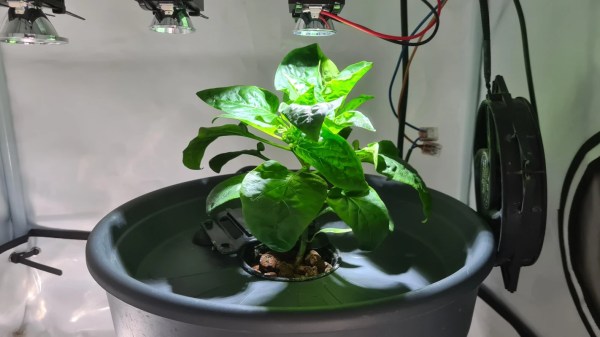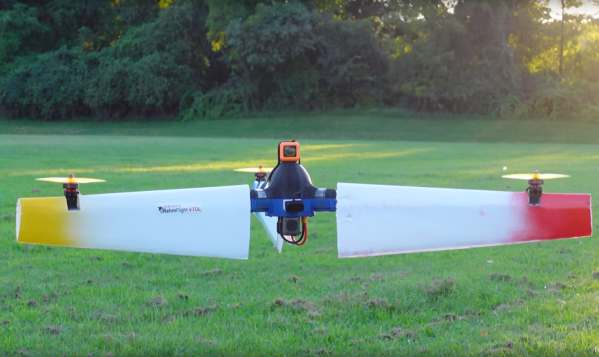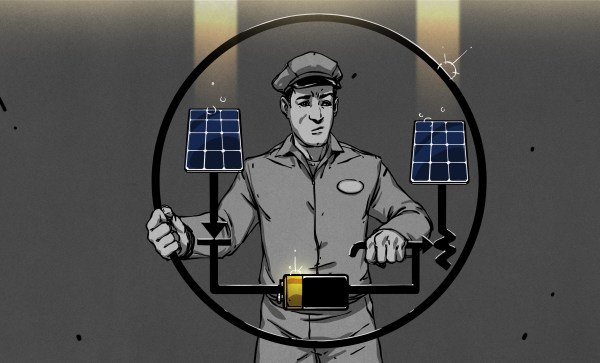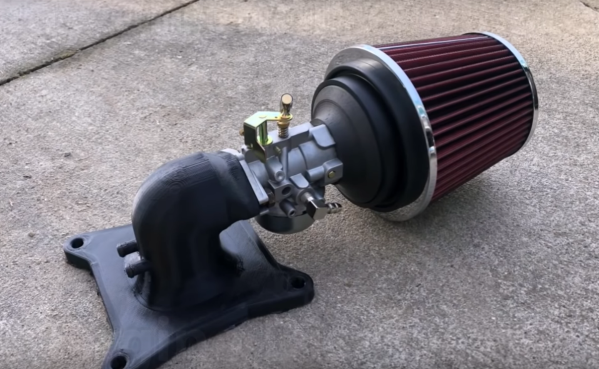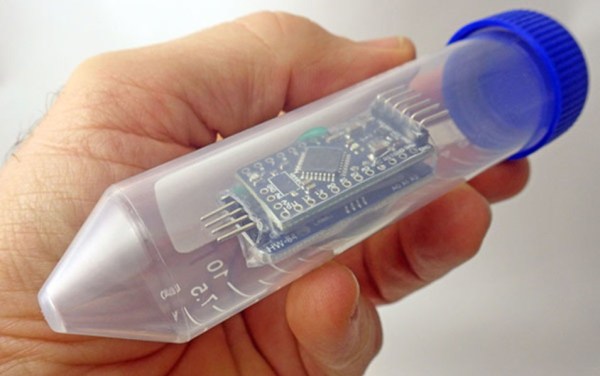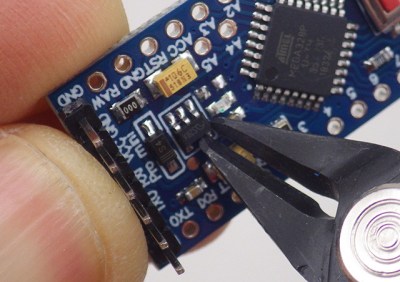Hydroponic systems are an increasingly popular way to grow plants indoors using a minimum of resources. Even some commercial farming operations are coming online using hydroponic growing techniques, as these methods consume much less water, land area, and other resources than traditional agricultural methods. The downside is that the required lighting systems often take an incredible amount of energy. That’s why [ColdDayApril] set up a challenge to grow a plant hydroponically using no more than a single watt.
The system is set up to grow a single pepper plant in what is known as a deep-water culture, where the plant is suspended in a nutrient solution which has everything it needs to grow. The lightning system is based around the Samsung LM301B which comes close to the physical limits for converting electricity into white light and can manage around 220 lumens. A special power supply is needed for these low-power diodes, and the light is efficiently directed towards the plant using a purpose-built reflective housing. By placing this assembly very close to the plant and adjusting it as it grows, [ColdDayApril] was able to take the pepper plant from seed to flowering in 92 days.
It’s worth noting that the rest of the system uses a little bit of energy too. A two watt fan helps circulate some air in the hydroponic enclosure, and deep-water systems usually require an air pump to oxygenate the water which uses another two watts. This is still an impressive accomplishment as most hobbyist builds use lighting systems rated in the hundreds of watts and use orders of magnitude more energy. But, if you’re willing to add some fish into the system you can mitigate some of the energy requirements needed for managing the water system even further.

